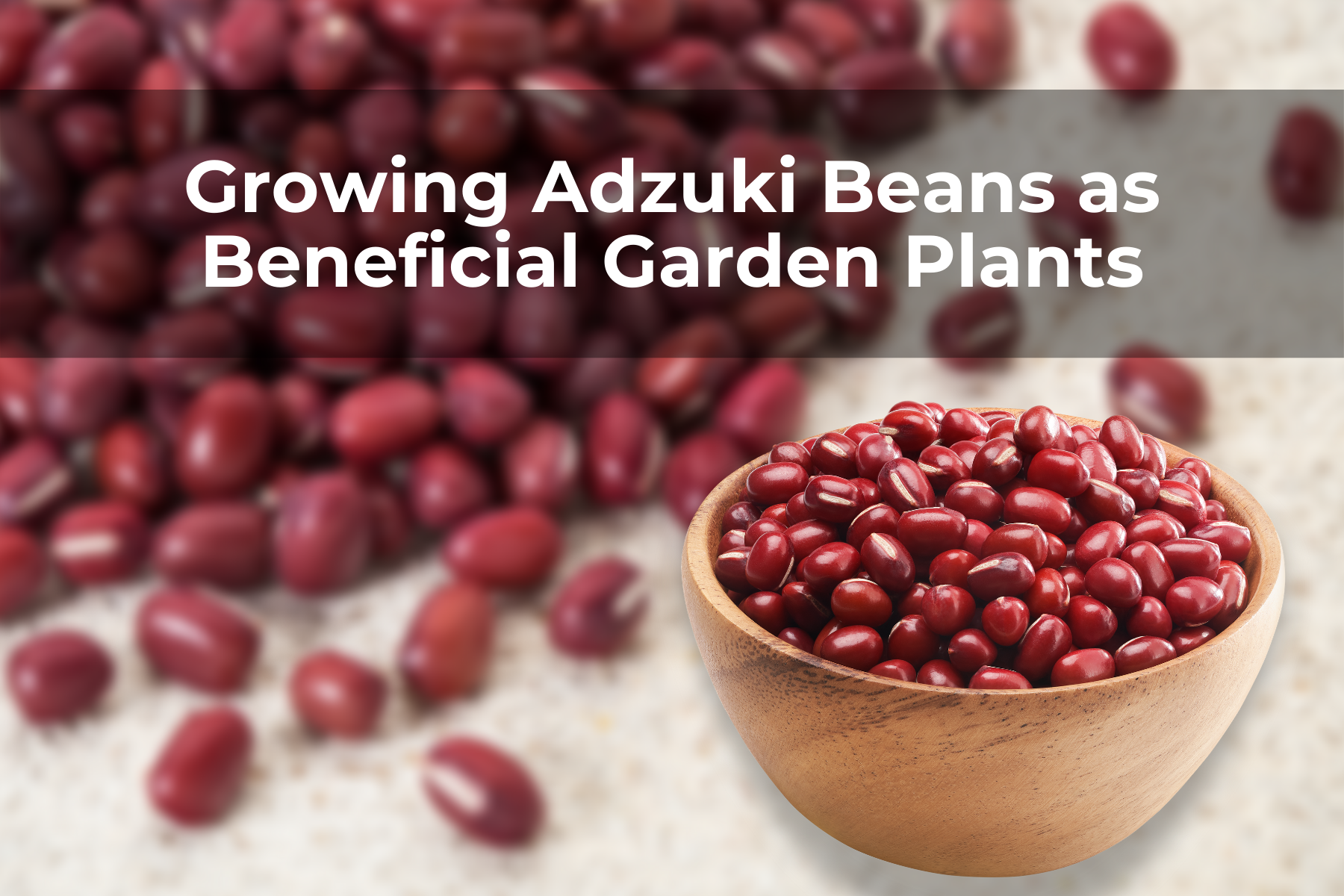Last Updated on April 11, 2024 by Real Men Sow
Growing Adzuki beans as a garden plant can be a beneficial way to help increase the fertility of your soil. The Adzuki bean plant is a great choice to rotate in your garden regularly. Roots can increase the soil’s nitrogen and make it easier for other plants that need vital nutrients. Adzuki beans can be grown in fields that also produce cotton, a vital crop known for its nutrient-absorbing properties. Bean plants can be used to help other crops thrive in your garden.
Cucumbers, eggplants, and radishes are good crops to plant alongside your adzuki beans. They also benefit from the soil’s nitrogen-enriching properties. Bean plants repel beetles that eat potato plants, and bean plants repel those that eat potatoes. This makes them both unlikely but highly successful. Flea beetles can be repelled by planting catnip next to your adzuki bean plants.
Growing Adzuki Beans
While you wait for the adzuki beans seeds to emerge, keep the soil moist but not soggy throughout the growing season. If the soil is too wet, adzuki beans can rot. According to the University of California Davis Extension, weeds can take some time to grow, so it is crucial to keep them under control. You can weed by hand or using a hoe, but only after seven to ten days have passed since planting. The seedlings will be leafed out in about two to three weeks. This gives beans a head start and allows them to shade out many of the weeds as they mature.
When the plants reach 4 to 5 inches in height, fertilize them with a low-nitrogen fertilizer and again when they bloom. Beans are resistant to most insects, even those that infest other beans.
Pests to Encounter When Growing Adzuki Beans
Flea beetles are the most severe pest to adzuki bean crops in the United States. Flea beetles are tiny black insects that eat leaves with irregular holes and can cause an infestation. Bean borer beetles can be a problem in certain areas. Gardeners who grow adzuki beans can also be affected by whiteflies and aphids.
A light dusting of diatomaceous Earth can control insect populations. Mild neem oil sprays can also be used to reduce the population. Spray the bottom of the leaves to kill the eggs and larvae of the most common pests. Pest-deterrent plants can be planted nearby to encourage predatory pollinators such as lady beetles, a variety of wasps, and other pest-deterrent species.
Diseases
Root rot and mildew are the most common diseases that affect adzuki bean plants. Both can be caused by excessive heat, humidity or poor watering. Mildew, a fungus, appears as white fur on branches and leaves. Root rot causes the roots and stems to become mushy and leads to rapid yellowing and death.
Avoiding seeds with diseases is the best way to growing adzuki beans. Instead, use high-quality soil that is free from pathogens. The majority of primary diseases can be avoided by watering your plants correctly. You should remove any plants that show signs of disease from your garden.

